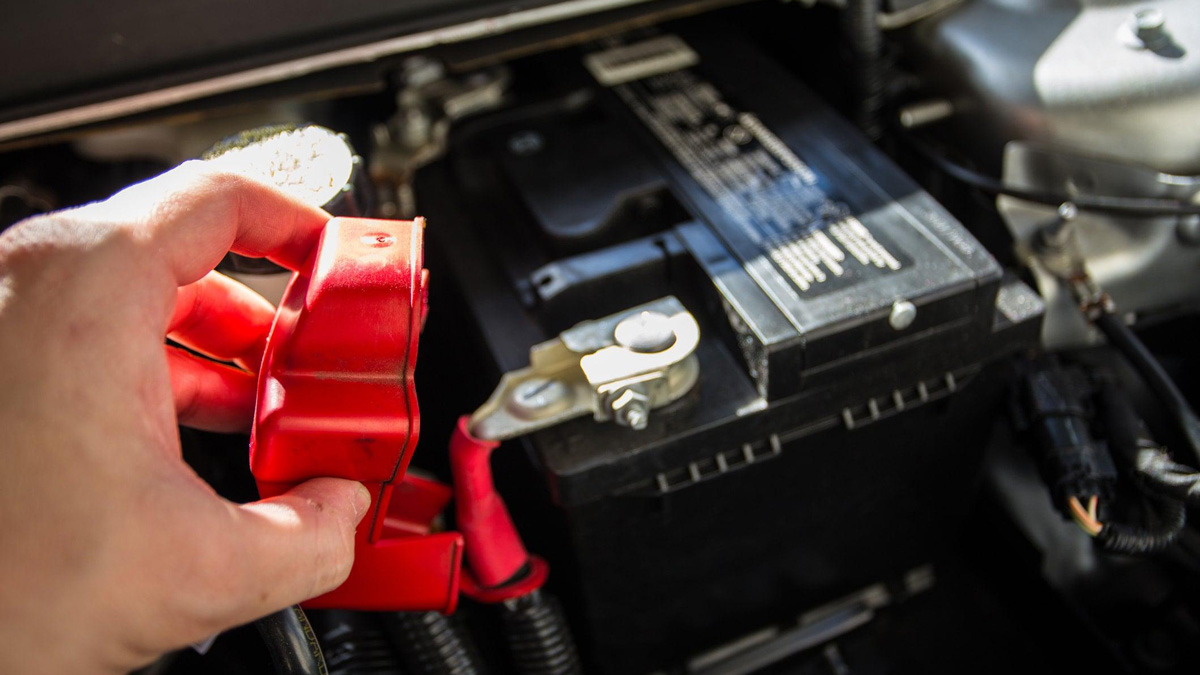

In this blog, we will dive into the often-underestimated world of car batteries, revealing their significance as one of your vehicle’s most essential components. Think of them as the heartbeat of your car, providing the electrical energy necessary to start your engine and power various systems. Today, we’re going to dive into the world of car batteries, exploring the most common types available, deciphering the mysterious CC rating, and discussing how long you can expect each battery type to last.
Common Types of Car Batteries
1. Lead-Acid Batteries
Lead-acid batteries have been around for decades and are the most common type found in cars. They are robust and reliable, making them suitable for various applications. These batteries come in two main varieties:
- Conventional Flooded Lead-Acid Batteries: These are the traditional car batteries that most people are familiar with. They use a mixture of water and sulfuric acid to create a chemical reaction that produces electrical energy. While affordable, they require maintenance, including checking and topping up the water levels periodically. These are commonly found in most traditional gasoline and diesel-powered vehicles, ranging from compact cars to SUVs and trucks. They are versatile and used in a wide range of applications.
- Absorbent Glass Mat (AGM) Batteries: AGM batteries are a more advanced version of lead-acid batteries. They use a fiberglass mat soaked in sulfuric acid which allows for better performance and durability. They’re often found in newer vehicles and are well-suited for start-stop systems. AGM batteries are often used in newer vehicles, including luxury cars, sports cars, motorcycles, ATVs, and other power sports vehicles, thanks to their improved performance, durability, vibration resistance, and maintenance-free operation.
2. Silver Calcium Batteries
Silver calcium batteries are a variation of the conventional lead-acid battery. They incorporate silver into the electrode plates, which enhances their conductivity and reduces the risk of corrosion. This technology results in longer battery life and improved performance, making them an excellent choice for modern vehicles. Silver calcium batteries can be found in various European passenger vehicles, especially those with a focus on longevity and performance.
3. Enhanced Flooded Battery (EFB)
Enhanced Flooded Batteries (EFB) are another evolution of the traditional lead-acid battery. They are designed to handle the demands of vehicles with start-stop systems, which shut off the engine when the vehicle is stationary to save fuel. EFB batteries have improved cycling capabilities, making them more durable in these conditions compared to standard flooded batteries.
4. Lithium-Ion Batteries
Lithium-ion batteries are gaining popularity in the automotive industry due to their lightweight nature, long lifespan, and high energy density. These batteries are commonly found in hybrid and electric vehicles (EVs). They provide rapid charging and discharging capabilities, making them perfect for the demands of modern electric cars.
5. Gel Cell Batteries
Gel cell batteries are a subtype of lead-acid batteries. They use a thickening agent in the sulfuric acid to create a gel-like substance. These batteries are known for their deep-cycle capabilities, making them ideal for applications like golf carts and some recreational vehicles (RVs).
Deciphering the CC Rating
When shopping for a car battery, you’ll often come across a specification known as “Cold Cranking Amps” or CC rating. This rating indicates a battery’s ability to deliver a high amount of current for a short duration, typically at 0°F (-18°C), without dropping below a specified voltage. In simple terms, it measures how well a battery can start your car in cold weather.
A higher CC rating means that the battery can provide more power to start your engine, which is crucial in freezing conditions. However, it’s essential to choose a CC rating that matches your climate. If you live in a colder region, a higher CC rating will be more beneficial, while in warmer climates, a lower rating should suffice.
How Long Do Car Batteries Last?
The lifespan of a car battery can vary depending on several factors, including the type of battery, climate, driving habits, and maintenance. Here’s a general guideline:
- Lead-Acid Batteries: Conventional lead-acid batteries typically last around 3 to 5 years, while AGM batteries can last up to 7 years or more with proper care.
- Silver Calcium Batteries: Silver calcium batteries generally offer a longer lifespan compared to traditional lead-acid batteries, often ranging from 4 to 6 years or more.
- Enhanced Flooded Batteries (EFB): EFB batteries are designed for durability in start-stop systems and can typically last between 3 to 5 years or more.
- Lithium-Ion Batteries: Lithium-ion batteries, as found in EVs, tend to have a longer lifespan, often exceeding 8 years or more.
- Gel Cell Batteries: These batteries can last between 4 to 7 years, depending on usage and maintenance.
To maximize your car battery’s lifespan, it’s essential to keep it clean, secure and well-maintained. Regularly check for corrosion on the terminals, ensure a snug fit, and avoid frequent deep discharges.
Understanding the different types of car batteries, the significance of CC ratings, and the expected lifespan of your battery can help you make informed decisions to ensure your vehicle’s reliability and performance. If you’re unsure about which battery is right for your car or if you need assistance with battery maintenance or replacement, don’t hesitate to visit Luke’s Auto Service in Verona, NJ. We’re here to keep your vehicle running smoothly and reliably, one battery at a time.
References:
Images:
